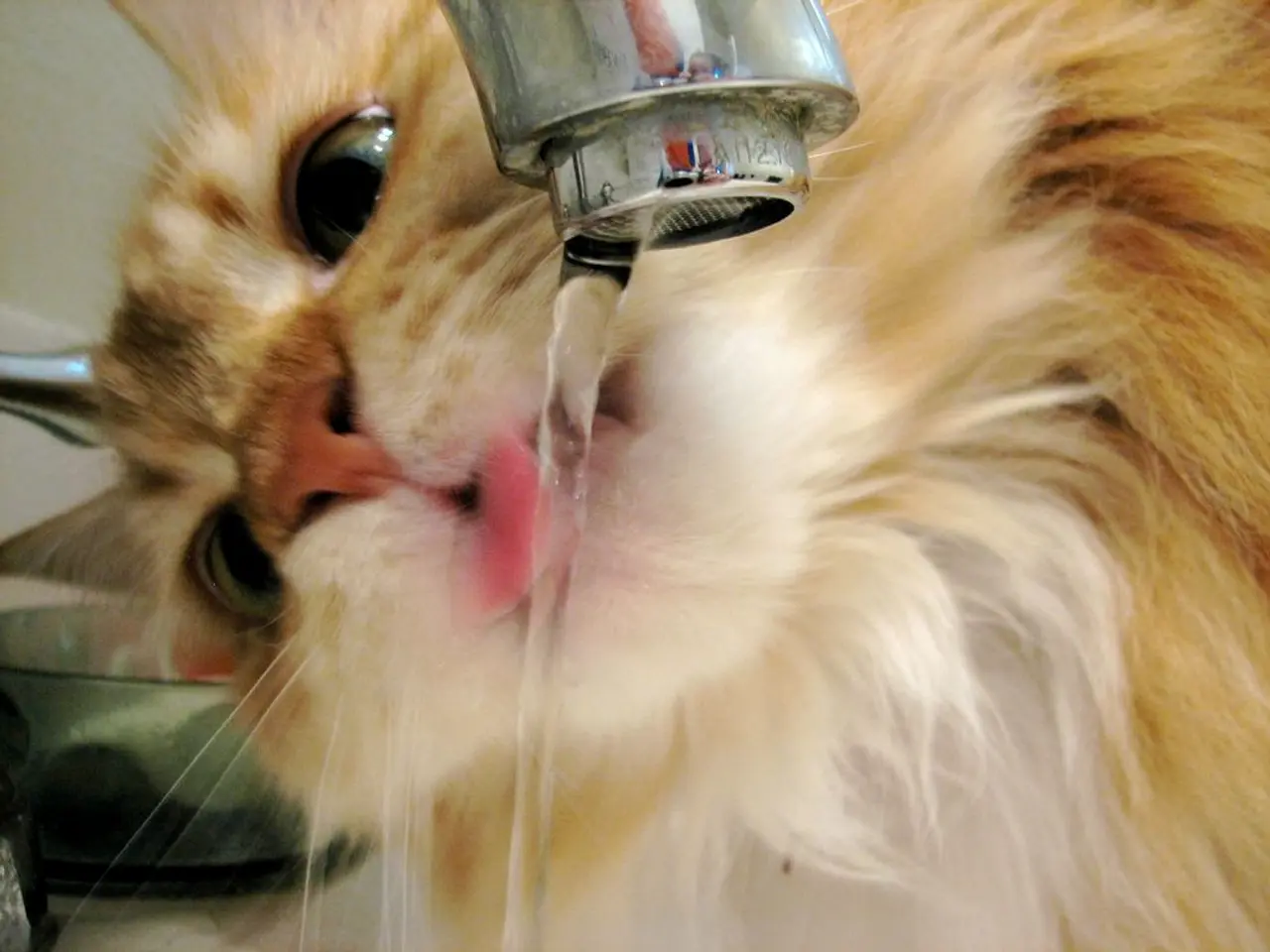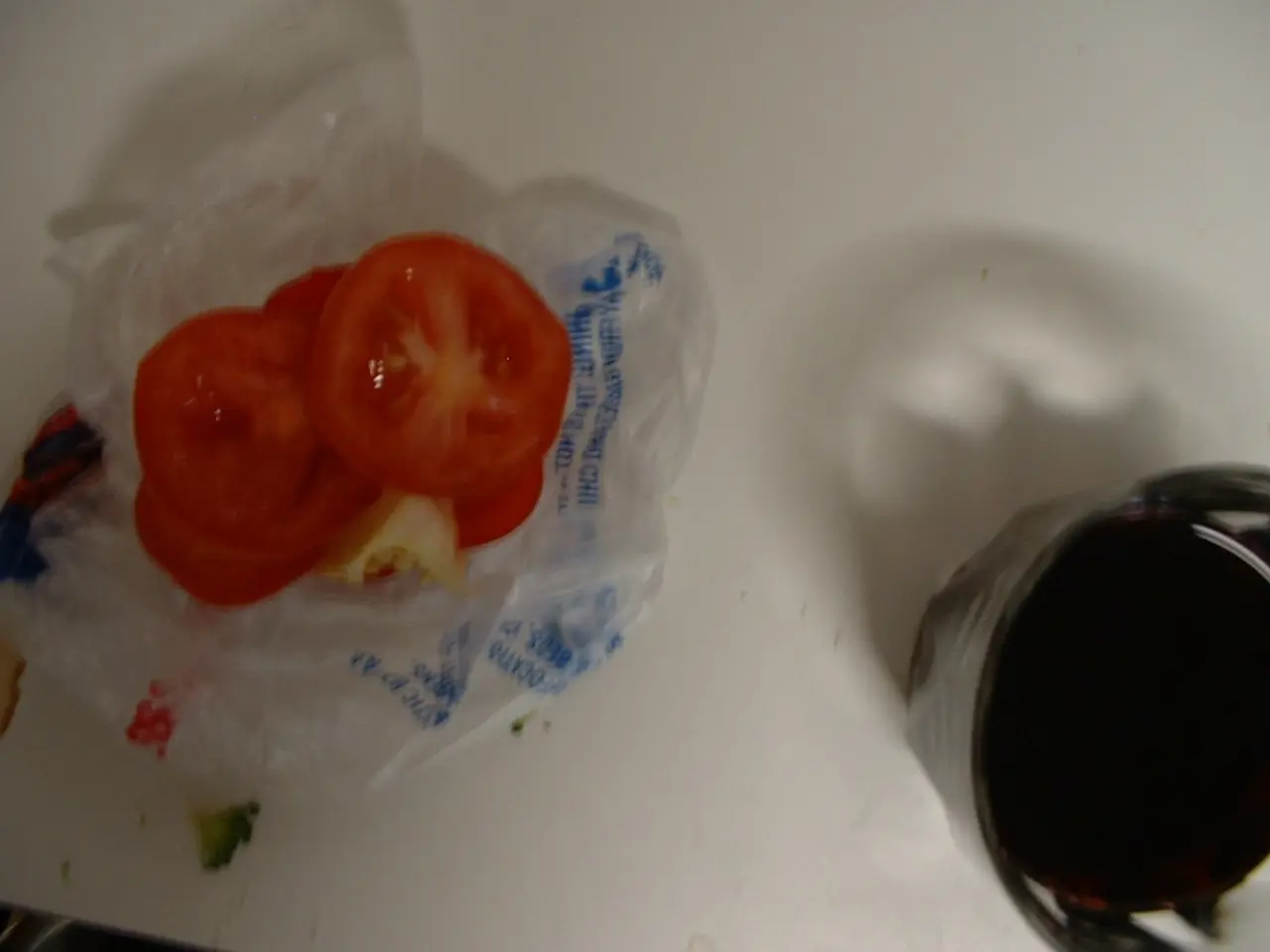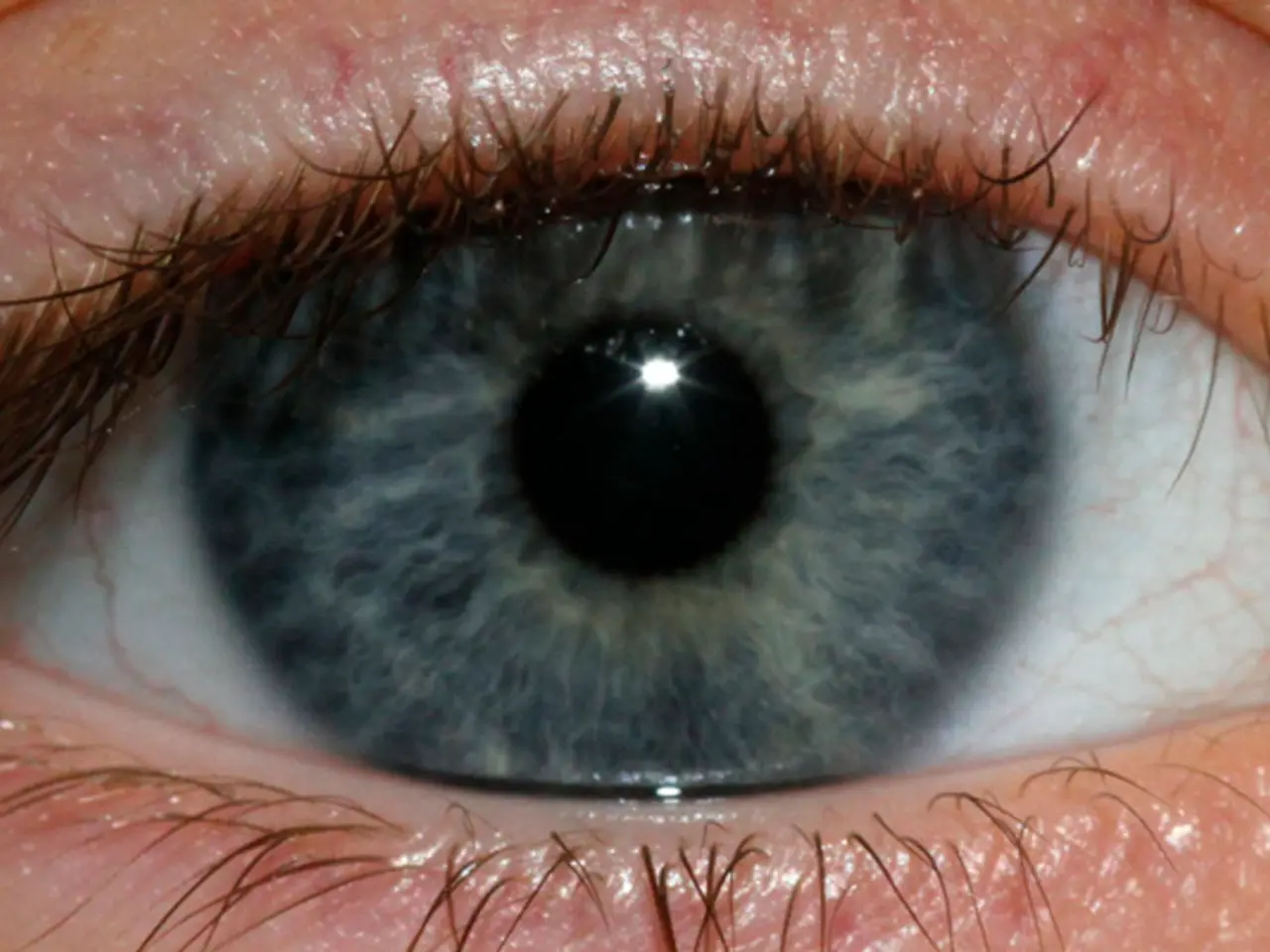Vomiting Green Liquid in Cats: Emergency Steps by Emily Swiniarski, DVM, Published on October 21, 2024
Green cat vomit is a common occurrence that pet parents might encounter. This article aims to provide a clear understanding of the possible causes and when to seek veterinary advice.
Green vomit in cats is often due to the presence of bile or ingested plant material. Cats may vomit green bile if they have not eaten for a while, are eating too quickly, have food allergies or intolerances, or have consumed grass or other plants. However, it's essential to note that green vomit does not always indicate an emergency.
On the other hand, pet parents should be concerned if the vomiting is frequent or chronic, if the vomit contains blood or is dark brown, or if the cat exhibits other symptoms such as lethargy, refusal to eat, neurological signs, or distress. Cats vomiting after consuming grass daily or vomiting blood post grazing could signal underlying digestive issues or toxic ingestion.
Inflammatory bowel disease, viruses, kidney disease, foreign bodies, and other factors can cause green cat vomit. Over-the-counter medications to decrease stomach acid may not be suitable for cats, and veterinary advice is necessary before administering any medication.
When the cat is showing signs of distress, it's recommended to provide hydration with tuna juice or low-sodium chicken broth and ensure unlimited water before seeking veterinary help. If a cat is profusely vomiting many times over a few hours, cannot rise, or appears less aware of their surroundings, it could indicate the need for emergency care.
Changes in a cat's behaviour, such as reduced activity, less play, increased sleep, or hiding, can indicate illness and may require medical attention if they persist for more than a couple of days. Cats may eat things that cannot be digested, leading to vomiting and other health problems. If a cat stops eating for 24 hours, this is an urgent medical concern that requires immediate attention.
Vomiting is a common response to various factors in cats, including viruses, inappropriate food, or bacterial infections. The color of vomit is not the most important factor to monitor; instead, pet parents should focus on how the cat is feeling overall. Weight loss in cats is an urgent concern if it lasts for more than two days. If a cat's appetite has decreased over time but they are still eating, and their appetite does not return over a few days, it's recommended to call a veterinarian.
In summary, while green vomit due to bile or occasional grass ingestion is often not urgent, recurrent vomiting, blood presence, or systemic signs warrant prompt veterinary evaluation. If concerned about your cat's vomiting, call your veterinarian for advice on whether your cat needs medical care.
- In the realm of science, understanding veterinary advice is vital for pet parents when dealing with their cat's health-and-wellness issues, such as chronic-diseases like chronic-kidney-disease, skin-conditions, or neurological-disorders.
- Workplace-wellness programs often provide guidance on managing stress and mental-health symptoms, which can benefit pet owners by reducing anxiety from taking care of their pets with medical-conditions, such as cancer, respiratory-conditions, or autoimmune-disorders.
- Fitness-and-exercise routines can help improve a cat's overall health, particularly their digestive-health and cardiovascular-health, making it easier to manage certain medical-conditions and delay the onset of chronic-diseases.
- Skin-care is equally important for pets, as skin-conditions like allergies can lead to excessive scratching, itching, and potentially secondary infections that may require therapies-and-treatments.
- As part of a comprehensive wellness plan, lifestyle modifications, such as creating a safe environment to prevent ingestion of toxic substances, can help prevent many health issues in cats, from digestive-health concerns to neurological-disorders.
- Pets play an integral role in our lives, providing emotional support and companionship, especially during times when we are dealing with our own mental-health challenges or managing stress from other aspects of our lives.
- The use of alternative treatments, such as CBD, has shown promise in managing pain and anxiety in pets, improving their quality of life and overall well-being.
- Pet parents should be proactive in keeping their pets healthy, by ensuring a balanced diet, regular veterinary check-ups, and addressing any behavioural changes promptly to prevent reversible health issues from becoming chronic or severe.
- Incorporating habits like regular exercise, a healthy diet, and stress management techniques into our own daily routines helps promote a holistic lifestyle that extends to the well-being of our pets.
- When our pets are healthy, they not only live longer, but they also contribute to our own overall well-being, providing us with companionship, unconditional love, and an increased sense of purpose.
- In conclusion, by incorporating elements of science, workplace-wellness, fitness-and-exercise, and mental-health awareness, we can enhance the quality of life for both ourselves and our beloved pets, fostering a bond that extends beyond mere companionship.




